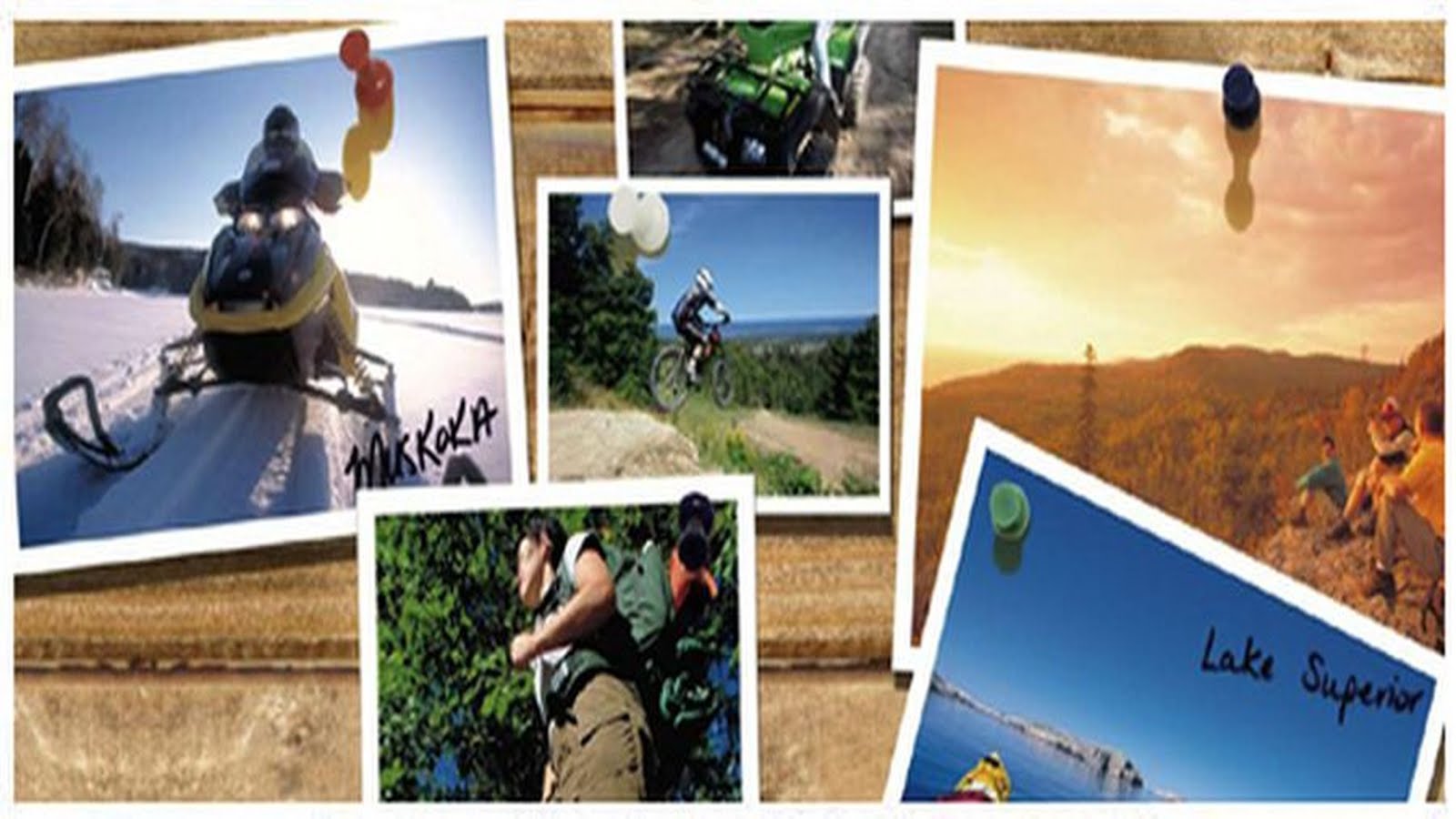 |
Add Your Trail! |
Ontario government clears the way for strengthening province’s trail systems with the passing of Ontario Trails Act, 2016
Canada June 7 2016
The province of Ontario is home to over 2,500 individual trails, stretching over 80,000 kilometres. The popularity of trails in Ontario has been steadily increasing over the last number of years, and this trend is expected to continue. In addition to contributing to the physical and mental health of Ontarians, these trails also contribute substantially to the province’s economic health.
In 2014, hiking expenditures generated about $559 million toward Ontario’s Gross Domestic Product (GDP), and the Ministry of Tourism, Culture and Sport estimates 18,000 jobs to be directly connected to the industry.1
A recently passed piece of legislation, the Ontario Trails Act, 2016 (the “Act”), aims to strengthen Ontario’s network of trails by introducing new measures to protect land owners, clarify liability, and cultivate trail tourism. The significant highlights of the Act are as follows:
- Clarifying circumstances in which the lower liability standard set out in section 4(3) of theOccupiers’ Liability Act will apply;
- Increased penalties for damage to Crown land under the Public Lands Act;
- Increased maximum fines for trespassing under the Trespass to Property Act;
- Allowing for voluntary formalization of easements between land owners and land users; and,
- A number of softer measures including a proposed trail classification system, new recognition mechanisms for “trails of distinction”, and the proclamation of “Trails Week”, beginning the first week in June.
Currently, subsection 4 (3) of the Occupiers’ Liability Act sets out circumstances in which a person who enters on certain premises is deemed to have willingly assumed all risks, and in which a modified standard of care applies (requiring the landowner not to intentionally injure, or to act with reckless disregard of the safety of persons entering onto his or her property). One of those circumstances turns on whether a fee is paid by the user. The Act provides for a new subsection 4 (3.1), which provides, for greater certainty, that a fee charged for a purpose incidental to the entry or activity, such as for parking, or the receipt by a non-profit recreation club or association of a benefit or payment from or under the authority of a government or government agency, will not prevent application of the modified standard of care. In addition, the Act expands the list of premises to which the modified standard of care applies to include portage routes.
A key component of Ontario’s trail system is the need for cooperation between land owners and trail users. The government is optimistic that land owners will be more likely to permit the use of their property for trails, encouraged by the introduction of voluntary property easements. Unfortunately, however, some landowners are under the mistaken impression that the Act could automatically convert existing land use agreements into an easement registered on title. Critics worry that this may cause landowners to pre-emptively shut their gates and renege on existing “handshake agreements” that allow for use of their property.
Only time will tell if this new legislation will help expand Ontario’s trails network, or serve to fracture existing, informal relationships between property owners and land users. The 80,000 kilometres that currently span Ontario’s urban, suburban, and rural spaces has developed somewhat organically, without formalized property easements. New rules will change these relationships. Some worry that the Act may be seeking to fix a problem which doesn’t exist. However, the expansion of circumstances in which the modified standard of care under the Occupier’s Liability Act will apply, and increased fines for breach of property rights should give landowners some comfort, and it is hoped, encourage participation in trail systems.











































